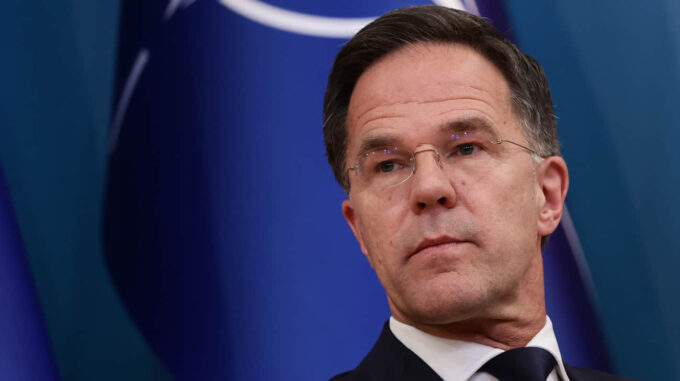In 2025, all NATO member countries achieved the desired defense spending level of 2% of GDP — this was announced by the Alliance’s Secretary General, Jens Stoltenberg

This significant news was disclosed during the G7 summit held at the end of last week and serves as evidence of substantial changes in security expenditure policies within the North Atlantic Alliance. According to Stoltenberg, in 2025, all NATO member states for the first time reached the spending target set back in 2014 — 2% of their Gross Domestic Product. This achievement resulted from years of persistent efforts in modernizing military capabilities and increasing defense capacity. The Secretary General especially highlighted examples such as Canada and Portugal, which had previously been criticized for their insufficient spending levels but have now finally confirmed their commitment to collective security. “I especially want to congratulate Canada on its decision to meet the defense expenditure target this year,” Stoltenberg stated. “This is an truly inspiring example for other countries and a significant contribution to the stability of our alliance.” He also emphasized that Portugal’s recent statements about reaching the 2% GDP spending target are an important step in this direction. Thus, by 2025, all 31 NATO members will meet the key benchmark adopted in 2014 — the first time in the alliance’s history. The NATO summit held this year focused not only on reaching these targets but also on establishing new, more ambitious spending frameworks. According to sources, in the coming years, NATO countries are expected to agree on increasing their defense budgets to 3.5% of GDP, including an additional 1.5% allocated to security-related sectors such as logistics, intelligence services, and humanitarian aid. Such an increase in expenditures will strengthen the Alliance’s defensive capabilities and enhance its ability to respond swiftly to emerging threats. Another important aspect of these efforts is the planning to direct part of the additional spending towards supporting Ukraine. Media reports suggest that this element could become particularly crucial amid ongoing Russian aggression and the need to bolster the defenses of Ukrainian forces, which currently require solid support from allies. The relevant agreements made during the summit envision increasing military aid, modernizing the Ukrainian army, and enhancing its capacity to withstand new threats. Thus, the historic achievement of reaching 2% GDP defense spending in 2025 symbolizes not only unity and a shared commitment to security but also signals a new level of responsibility and readiness for active international engagement. It is expected that these measures and further agreements on increasing defense expenditures will not only help deter potential aggression but also strengthen regional stability and security in the future.

